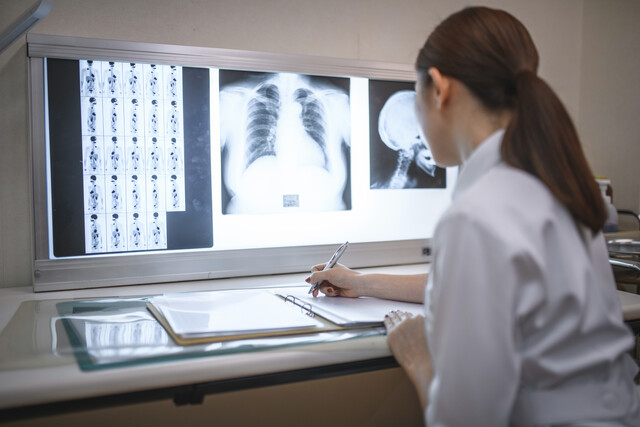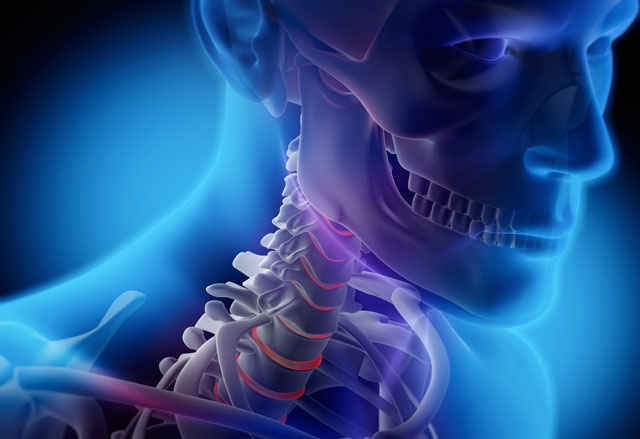Comprehensive Medical Terminology 1 & 2
Master the Language of Medicine: Your Journey Begins Here

33 Hours average completion time
3.3 CEUs
22 Lessons
24 Exams & Assignments
394 Discussions
21 Videos
25 Reference Files
225 Articles
Mobile Friendly
Last Updated December 2025
Medical Terminology Mastery: From Foundations to Fluency
The world of medicine is vast and intricate, making the language used within it equally complex. Given the critical nature of healthcare, even the slightest miscommunication can lead to significant consequences. With the global healthcare industry projected to grow at an unprecedented rate, the necessity for clear, concise medical communication has never been higher.
Enter the Medical Terminology Mastery Course, an all-encompassing journey through both foundational and advanced medical terminologies. This course seamlessly amalgamates the robust content of Medical Terminology 101 and 201, setting you on the path to achieve medical linguistic excellence.
Course Overview
Beginning with the foundational elements, the course delves deep into the roots of medical words, encapsulating the prefixes, suffixes, and word roots. With these building blocks in hand, the voyage continues through each body system. Here, we unravel the layers, ensuring you not only recognize but also define related medical terms with precision.
For instance, you won't just learn the term 'angina pectoris' but understand that 'angina' means pain and 'pectoris' refers to the chest - a chest pain typically due to reduced blood flow to the heart. Such in-depth explorations peppered throughout the course make it an invaluable asset for both novices and seasoned professionals.
Why This Course?
-
Depth & Breadth: The curriculum dives deep into each topic, with some modules extended over two lessons for a thorough understanding, like the Digestive System (Lesson 7 & 8) or the Musculoskeletal System (Lesson 10 & 11).
-
Relevance: With up-to-date content mirroring the latest advancements in medicine, you'll always be a step ahead.
-
Interactive Learning: Engage with diverse resources, from assignments and exams to netlinks, ensuring comprehensive understanding and retention.
-
Refresher or First-Timer: While newcomers will find this course a robust introduction, seasoned professionals will appreciate it as a comprehensive refresher.
Course Modules:
The course spans 22 meticulously curated lessons. While the initial modules lay the groundwork with medical basics and word roots, the subsequent lessons navigate the complexities of the human body. From understanding the body's orientation (Lesson 3) to diving into the nuances of the respiratory (Lesson 14 & 15), integumentary (Lesson 17), and genitourinary systems (Lesson 20), each module is crafted for holistic understanding.
The course culminates in a rigorous final exam (Lesson 22), ensuring you emerge not just with knowledge, but with the confidence to apply it.
Step into the World of Medical Excellence
Medicine is as much about knowledge as it is about communication. The ability to convey complex medical scenarios with clarity and precision can make the difference between accurate or misguided treatments.
Whether you're stepping into the vast arena of healthcare or looking to solidify your existing knowledge, the Medical Terminology Mastery Course is your ultimate companion. Come, embark on a journey of medical linguistic excellence and emerge fluent in the language of healthcare. Enroll today, and take a step closer to medical eloquence.
- Analyzing medical terms for accurate diagnosis
- Synthesizing medical language structures
- Recognizing body system terminologies
- Identifying common pathologies and treatments
- Communicating complex medical concepts
- Mastering anatomical and physiological vocabulary
- Understanding medical word structures
- Applying terminology in real-world scenarios
-

Special Events Planning
-

Math All-In-One (Arithmetic, Algebra, and Geometry Review)
-

Effective Presentations
-

Medical Terminology 101
-

Understanding Financial Statements
-

Medical Office Management
-

ICD-10: Medical Coding
-

Journalism 101
-

The Art of Breathing
-

Medical Terminology for Medical Coders
-

Domestic Violence Awareness
-

Starting Your Own Cleaning Business
-

Microbiology Mastery: Unlocking the Foundations of Life
-

World War I
-

Introduction to Medical Billing
-

Freelance Writing 101
-

Anatomy and Physiology 101
-

Cryptozoology 101
-

Gender Sensitivity Training
-

Mixed Media Art
-

Purchasing and Vendor Management 101
-

Introduction to Medical Coding
-

How to Can, Freeze, Dry and Preserve Food
-

Emotional Intelligence
-

Advertising, Marketing and Sales Writing